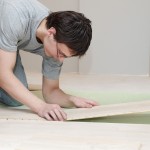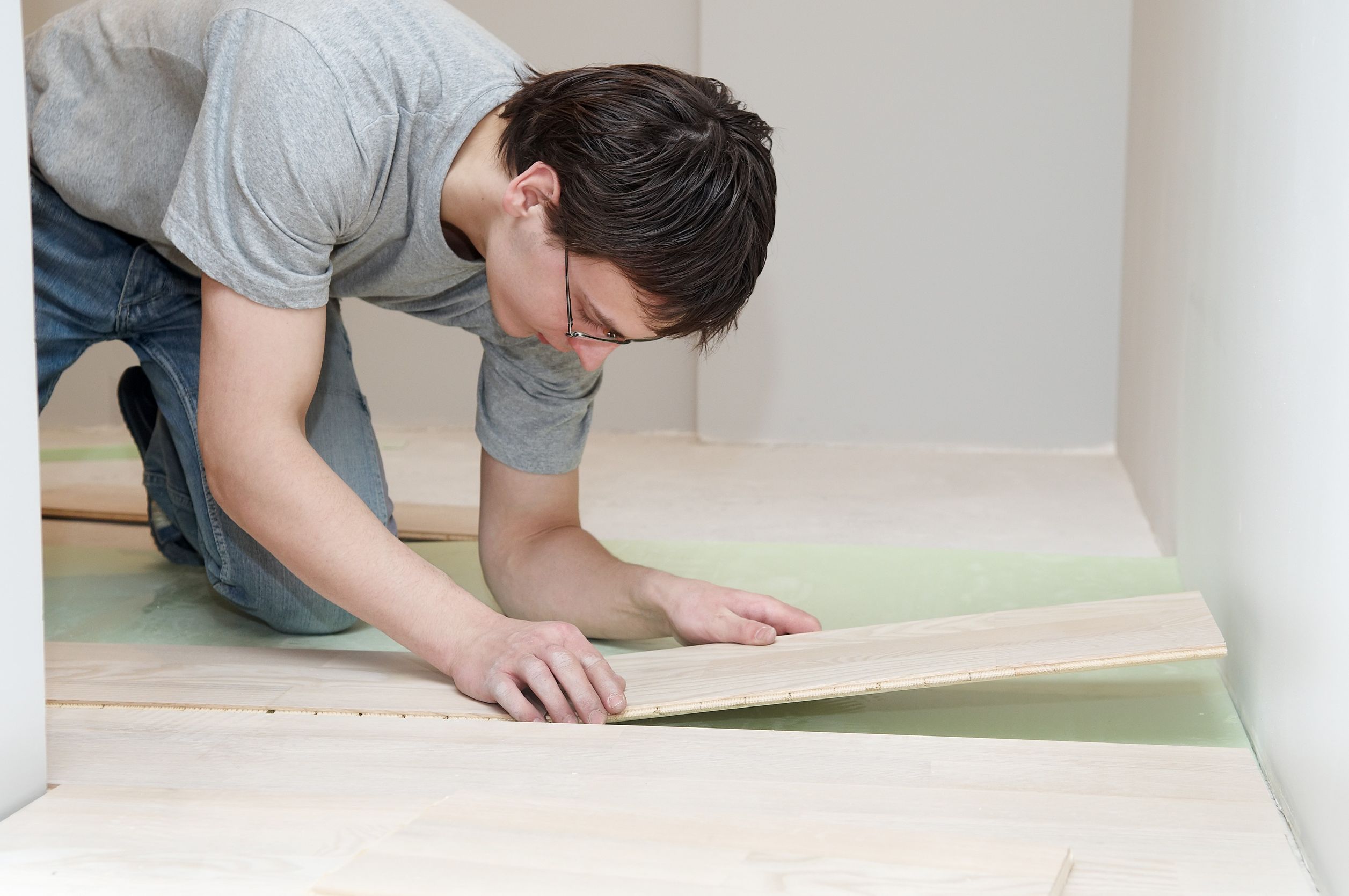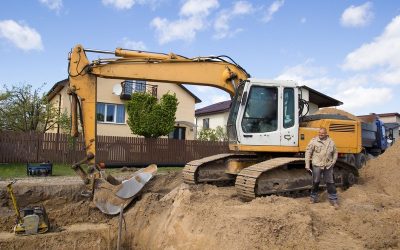As a strong, durable and low-cost option for any type of home, commercial building or industrial space, a polished concrete floor is very attractive for anyone weighing his or her options. However, there are some considerations to keep in mind, and like any flooring there is some necessary maintenance and upkeep.
In the vast majority of cases, any concrete floor can be polished provided a few steps have been taken. These include:
-
Curing the flooring for at least 28 days after pouring before concrete polishing.
-
Patching any pits or holes and filling any cracks. The more damage to the floor, the more challenging it is to create a polished surface.
-
Removing any oil, grease or adhesives from the concrete surface.
-
Using specialized chemicals to harden the surface. This is often done after the first grinding is completed on porous types of concrete.
The Process
There are several steps in the concrete polishing process, and they will vary slightly depending on the specific type of concrete floor and the desired surface look.
After repairing the existing concrete, the next step is to grind down the surface. This is done with heavy industrial polishing and grinding machines equipped with diamond abrasive pads. They start with a rough grit and gradually move to finer grits. This can be done with water, also known as wet grinding, or without water, which is known as dry grinding. Both will expose any instabilities in the concrete if they are present and there can be several passes with finer and finer abrasives to bring out the smooth surface you want.
After the surface is ground to the proper level, a chemical known as a densifier or hardener will be applied to the concrete to make the surface strong and easier to polish to a glowing sheen. This chemical has to dry and then grinding with finer diamond abrasives will continue.
The Finish
A number of different finishes can be applied through the concrete polishing process. A high-gloss floor will really catch the light and make your floors glow. There is also a matte finish, which is more muted, and a satin finish, which is a moderate-gloss level.
Color dyes or stains can be used as part of the finishing process to create patterns or to uniformly provide color to the floor. Finishing may also include the application of a sealer, which helps to keep the polished concrete floor looking like new for years to come.







